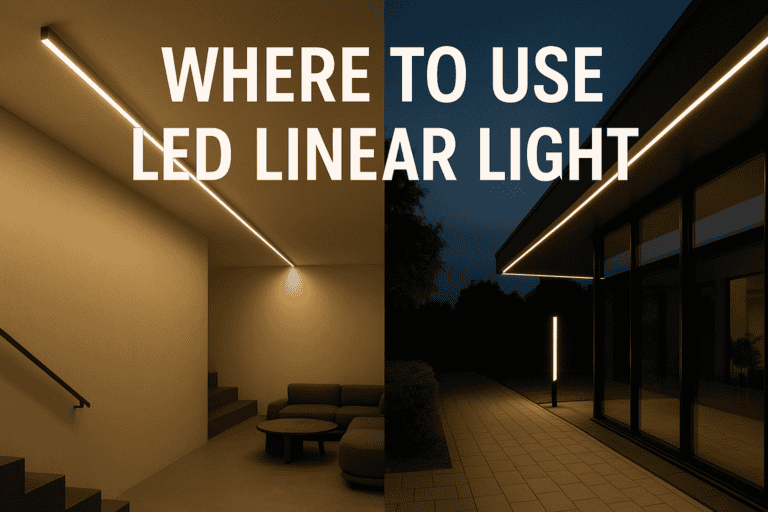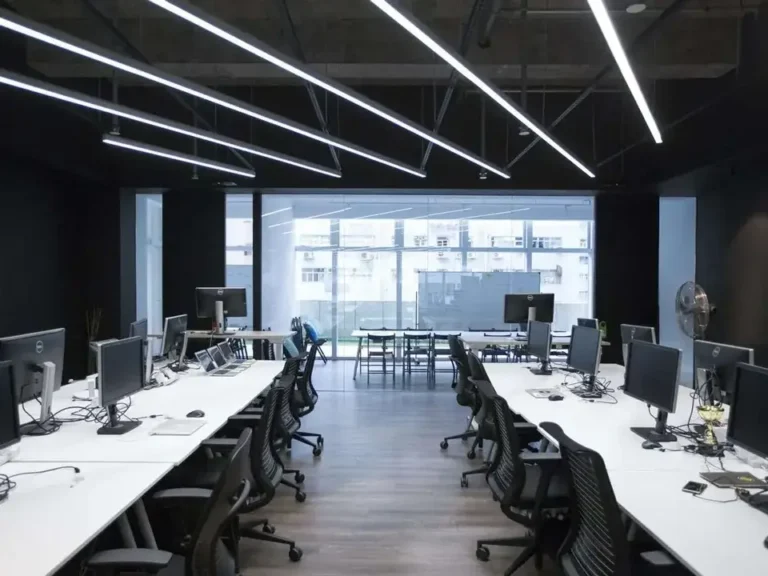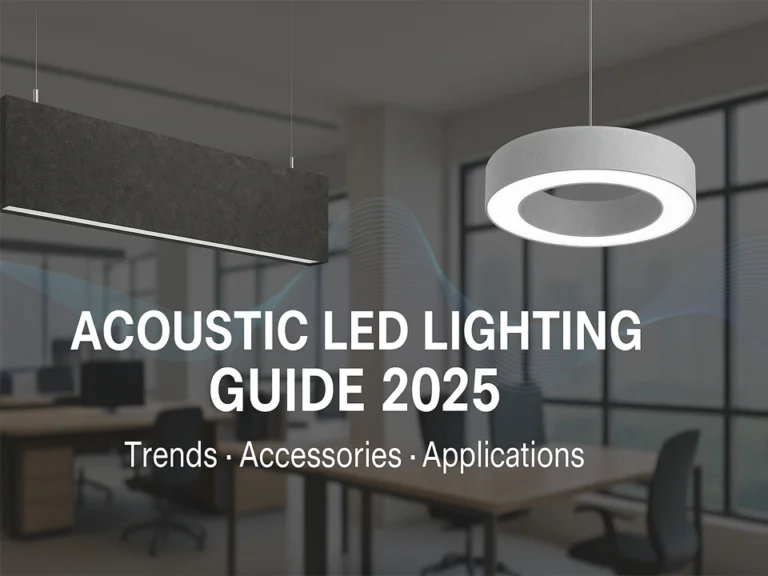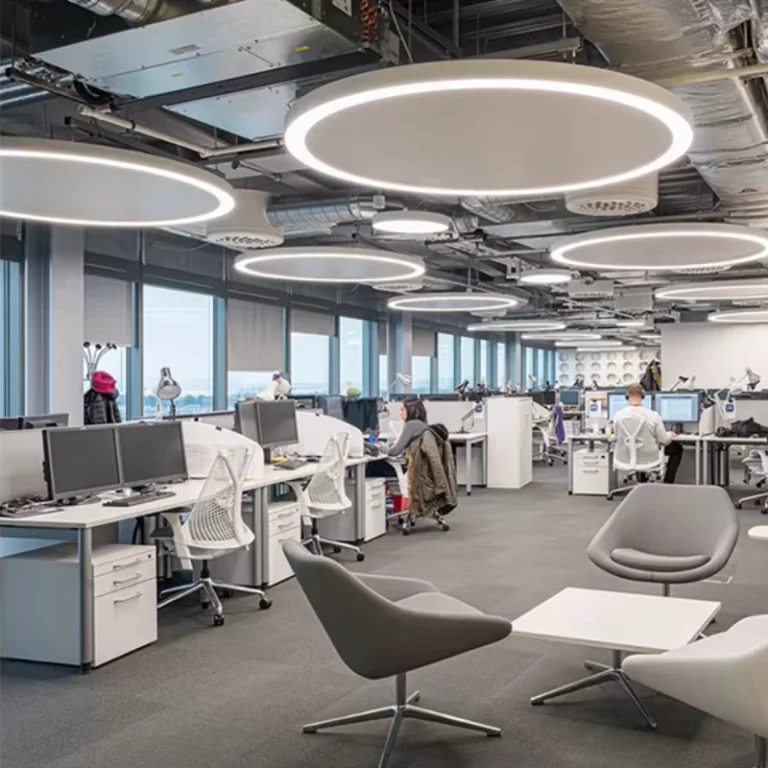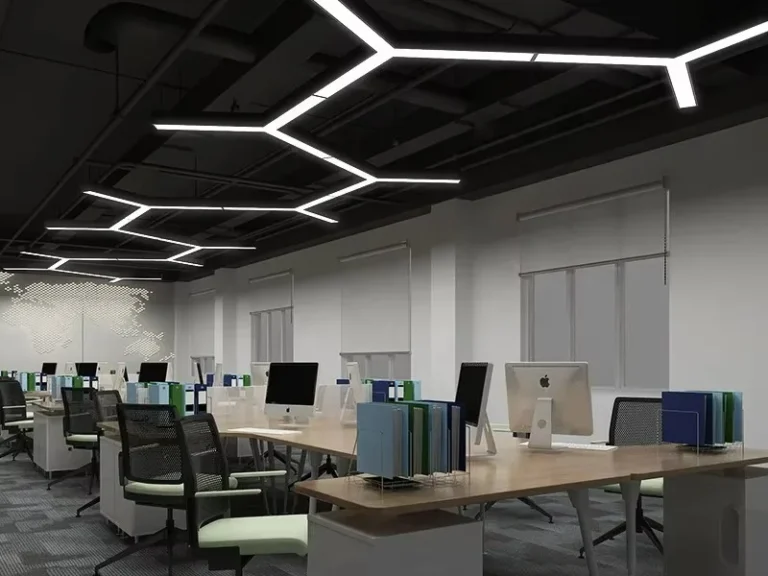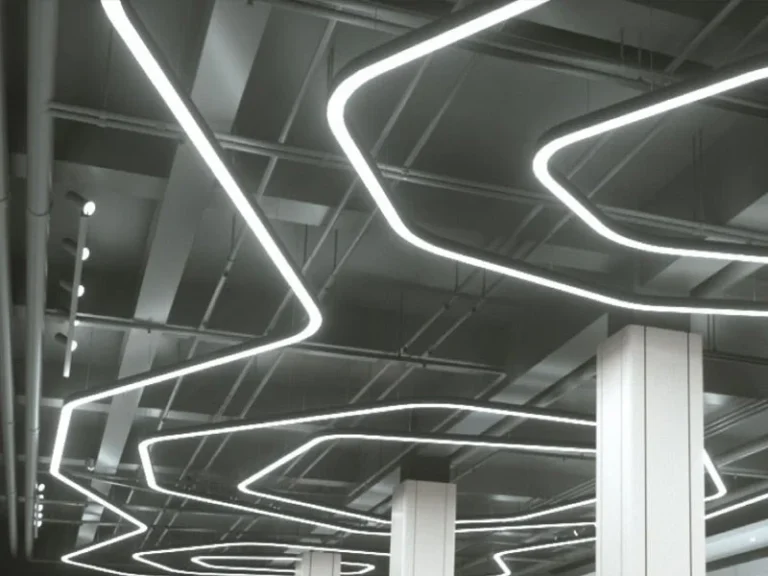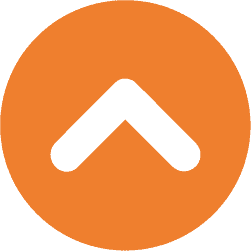По мере того, как архитектура развивается в сторону минимализма и чистых визуальных линий, дизайн освещения активизируется, чтобы играть более креативную и функциональную роль. Среди всех вариантов линейное светодиодное освещение стало ключевым инструментом дизайна, не ограничивающимся прямыми линиями или стандартными макетами. Благодаря усовершенствованию светодиодной эффективности, форм-фактора и профилю инженерной техники, современные линейные приспособления могут плавно изгибаться и плавно соединяться от пола до потолка, вокруг углов и по пространствам открытой планировки. Дизайнеры и инженеры теперь имеют свободу создавать непрерывные линии света, которые следуют за потоком архитектуры, а не прерывают его. Будь то в коммерческих офисах, в высококлассных розничных или современных условиях гостеприимства, линейное освещение обеспечивает как визуальную гармонию, так и гибкость дизайна, что создает основу для этого руководства по типам, приложениям и ключевым соображениям при выборе правильного решения для линейного освещения.
Что такое светодиодное линейное освещение и почему оно'с набирает популярность
Светодиодное линейное освещение относится к жестким светильникам, которые используют светодиодную технологию для создания однородных удлиненных линий света. Обычно они построены из алюминиевых корпусов и диффузоров, они доступны различной длины, мощности и монтажных стилей, что делает их очень универсальными для архитектурного и коммерческого использования. В отличие от традиционных точечных или панельных фонарей, линейные огни обеспечивают непрерывную бесшовную подсветку с гладким, минимальным внешним видом.
Растущая популярность светодиодного линейного освещения обусловлена его уникальной способностью смешивать форму и функцию. Дизайнеры и инженеры предпочитают эти огни для чистых визуальных линий, высокой энергоэффективности и точного распределения света. От офисов открытой планировки до розничных потолков и гостиничных коридоров — линейные приспособления повышают как визуальный комфорт, так и эстетическую согласованность. Кроме того, многие современные системы поддерживают диммирование, модульную связь и интеграцию с интеллектуальными элементами управления, обеспечивая как производительность, так и гибкость. Поскольку предприятия ищут решения для освещения, которые являются профессиональными, масштабируемыми и усовершенствованными визуально, светодиодное линейное освещение продолжает расти как предпочтительный выбор в современном дизайне освещения.
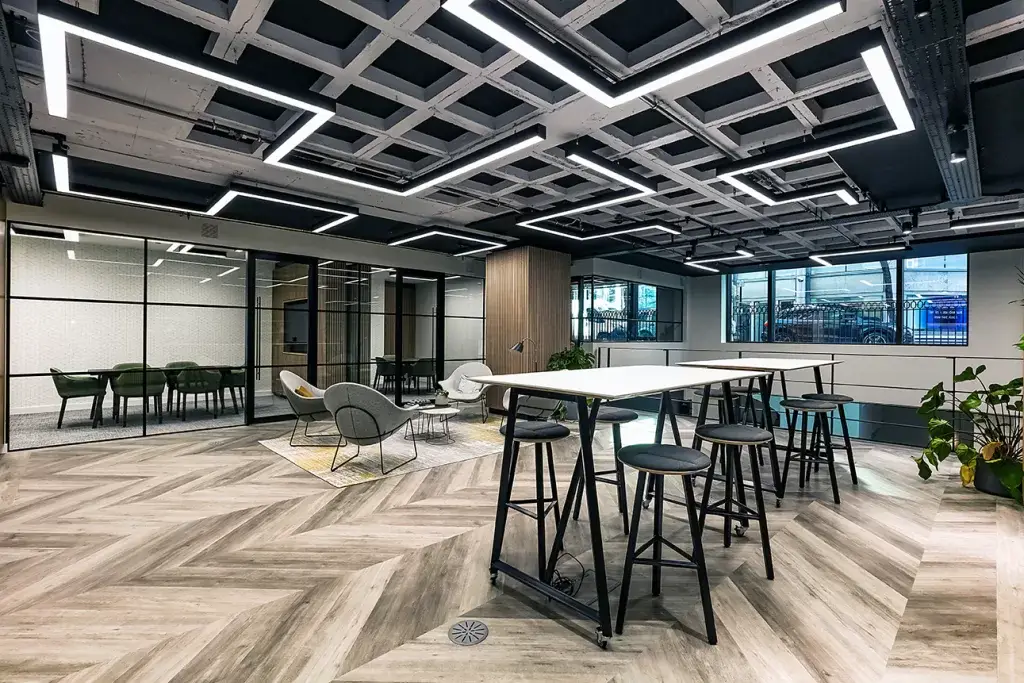
Основные классификации светодиодного линейного освещения
Светодиодное линейное освещение поставляется в самых разных типах, что позволяет дизайнерам и инженерам адаптировать планы освещения как к функциональным, так и к эстетическим требованиям. Ниже приведены пять ключевых способов классификации жестких светодиодных линейных светильников.
По методу монтажа
Жесткие светодиодные линейные светильники предлагают несколько вариантов монтажа, чтобы удовлетворить различные архитектурные потребности и визуальные эффекты. Эти методы определяют, как приспособление интегрируется с пространством. Общие стили крепления включают в себя:
утопленный
Устанавливается заподлицо в потолки, стены или полы, чтобы создать чистый, необъемный вид. Идеально подходит для офисов, галерей и современных интерьеров, где ключевой является минимализм.
накладной
Устанавливается непосредственно на плоские поверхности, такие как потолки, стены или мебель, не требуя вырезов. Это обычно используется при ремонте или бетонных потолках.
Подвесной (подвесной)
Подвесные светильники, свисающие с потолка с помощью кабелей или стержней, обеспечивают сбалансированное прямое освещение и популярны в коммерческих, гостиничных и коворкинговых помещениях.
настенный
Устанавливается горизонтально или вертикально на стенах, часто используется в качестве акцентного освещения, освещения коридора или для выделения архитектурных элементов.
с угловым
Предназначен для аккуратного посадки на 90-градусные перекрестки, такие как от потолка до стены или от стены до пола, обеспечивая непрерывные световые линии на поверхности.
Трек / магнитный
Модульные системы, где линейные приспособления магнитно или механически прикреплены к рельсу, что позволяет гибко переместиться. Идеально подходит для розничной торговли или освещения.
От потолка к стене на этаж
Метод непрерывной установки, при котором линейный свет плавно проходит от потолка вниз по стене и на пол. Этот метод делает упор на архитектурный поток и обычно используется в коммерческих пространствах высокого класса для выделения пространственной геометрии или создания визуальных путей.

По направлению света
То, как свет излучается из линейного приспособления, определяет его влияние на пространство и атмосферу:
Прямое освещение: Излучает свет вниз для функциональной, ориентированной на задачу освещения — обычного в рабочих местах и классах.
Непрямое освещение: Выбрасывает свет вверх, чтобы отразиться от потолка, создавая мягкую, комнатную подсветку.
Прямой + косвенный: Двухнаправленные светильники, обеспечивающие как нисходящее, так и восходящее освещение, балансируя визуальный комфорт и эффективность.
Боковой выброс / мойка стен: Проецируется свет горизонтально, чтобы выделить вертикальные поверхности, используемые в галереях, вестибюлях или стенных стенах.
Асимметричное распределение: Светодиод наклонен в одну сторону, полезен для освещения дисплея или выделения архитектурных деталей.
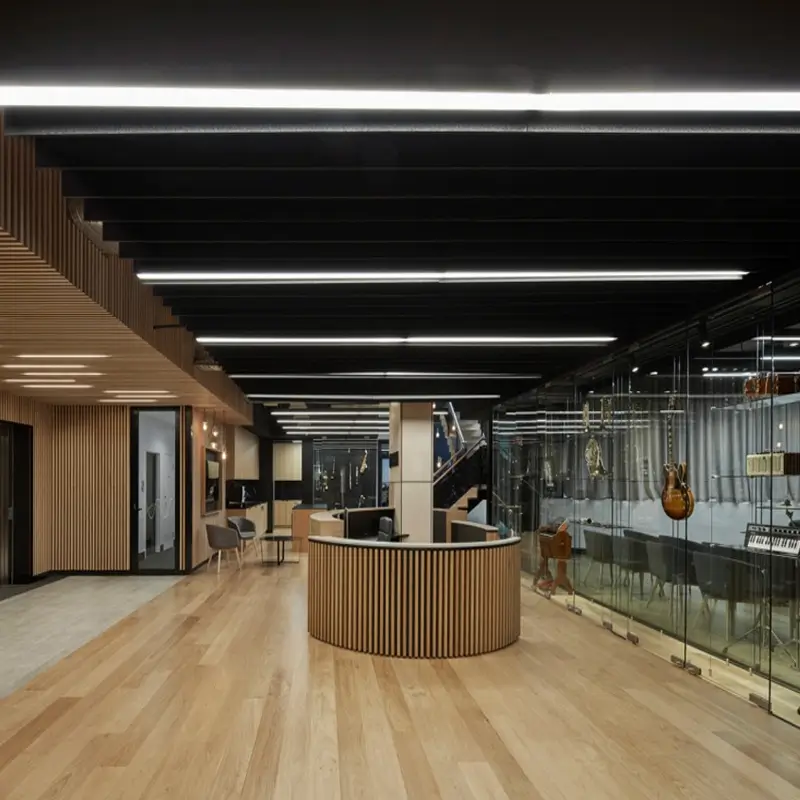
Прямая светодиодная подсветка
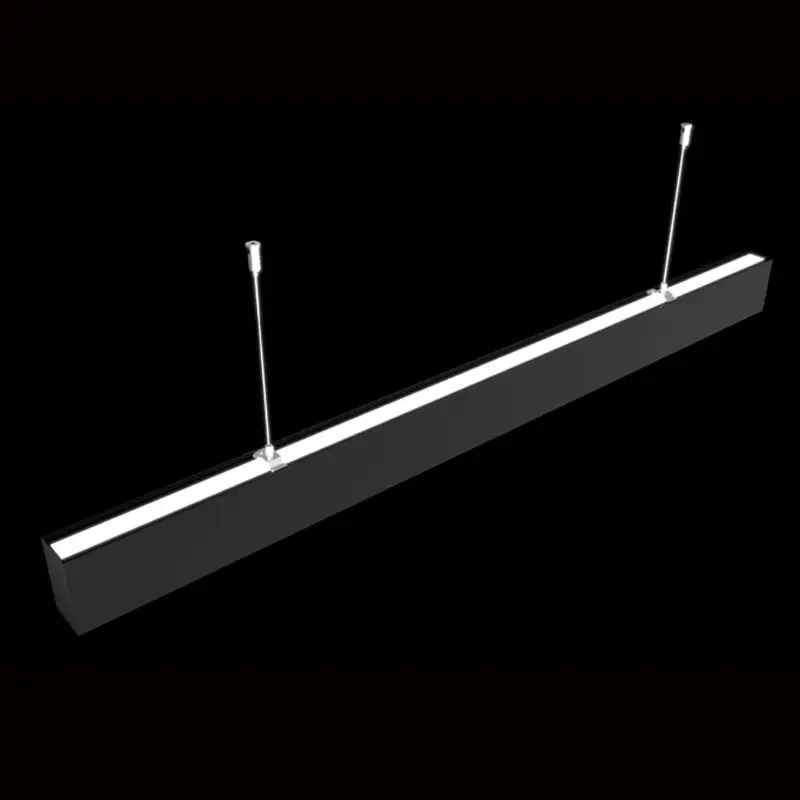
Непрямое светодиодное освещение

Двухдиректное линейное освещение
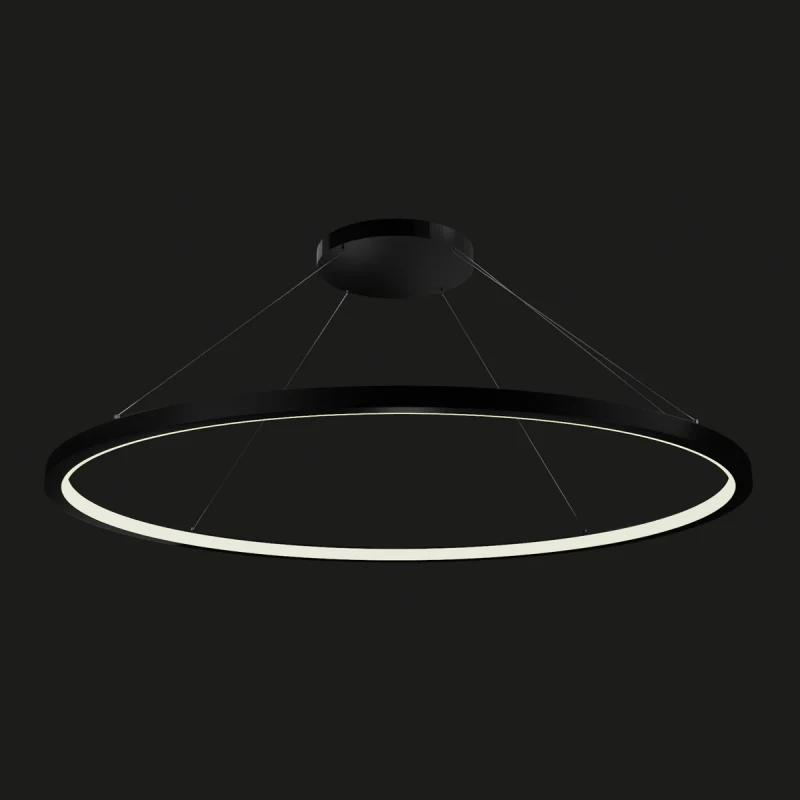
Боковой светодиодный линейное освещение
По форме и профилю структуры
Линейные светильники больше не ограничиваются прямыми стержнями — они могут принимать многие геометрические и индивидуальные формы:
Прямой (стандартный линейный): Классический жесткий формат, идеально подходящий для непрерывных рядов и четких линий.
L-образная / U-образная форма: Для упаковки углов, витрин или краев мебели.
Зигзаг-форма/S-образная форма: Используется для декоративного или архитектурного акцента, особенно в лобби или творческом пространстве.
Изогнутые и круглые формы: Профили гибки позволяют использовать круглые, дуговые или овальные установки, часто встречающиеся в гостиничном и высококлассном интерьере.
Треугольник / квадрат / прямоугольник / шестиугольник / многоугольные формы: Эти формы, собранные из жестких профилей, изготовлены по индивидуальному заказу, создают визуальный ритм или декоративные потолочные особенности.
Безрамные или безрамочные конструкции: Минималистские профили, которые легко сливаются в гипсокартон или столярные изделия.
Ультратонкие/широкие профили: Различные размеры для узких пространств или высоких выходных потребляемых.
Эти варианты формы позволяют дизайнерам освещения согласовывать форму архитектора с архитектурными намерениями, достигая как производительности, так и эстетики.
по функциональности
Современные линейные светильники доступны с расширенными функциями, такими как диммирование (0-10 В, DALI), настраиваемая белая, RGB/RGBW-эффекты, аварийная резервная копия и производительность без мерцания для чувствительных сред.
по сценарию использования
Линейное освещение можно разделить по целевому использованию: офисное освещение, розничная акцентная освещенность, окружающее освещение в отеле, промышленные светильники и архитектурные особенности.
Сценарии применения светодиодного линейного освещения
Офисное освещение
В современных офисных помещениях встраиваемые прямые/непрямые линейные светильники, обычно длиной 1200 мм и шириной 30–40 мм, устанавливаются в непрерывные ряды, чтобы обеспечить равномерное освещение с UGR<19. Эти приспособления часто используют цветовую температуру 4000K для поддержания фокусировки и поддерживают затемнение DAli или 0–10V. В зонах совместной работы подвесные линейные подвески используются для создания визуального зонирования при сохранении чистых линий потолка. Линейный форм-фактор помогает укрепить структурированную планировку рабочих пространств открытого плана.
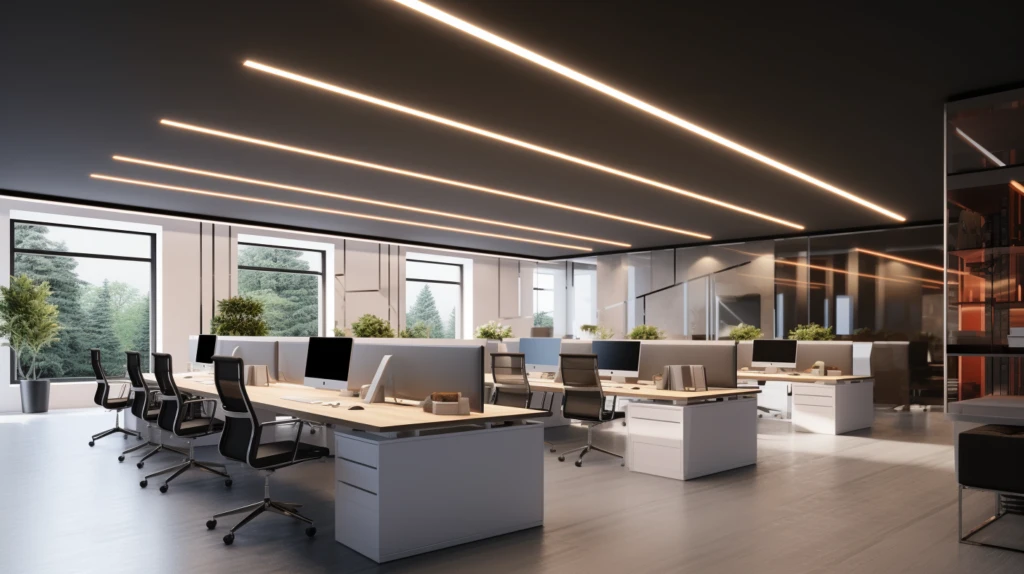
Розничные магазины и окна
В розничной торговле часто используются линейные светильники, установленные на поверхности или подвесные, для создания динамических потолочных узоров над проходами продуктов или островами. Эти светильники обычно шириной 20–30 мм — сочетают в себе светодиоды High CRI (>90) с теплым светом 3000K для льстички для освещения продукта. Кроме того, настенные линейные системы в стиле матрицы устанавливаются в виде ярких фонов или световых стен, обеспечивая мягкую сторону и создавая атмосферу бренда. Гибкое затемнение через 0–10 В или интеллектуальное управление позволяет розничным продавцам настраивать освещение для рекламных акций или витрин.
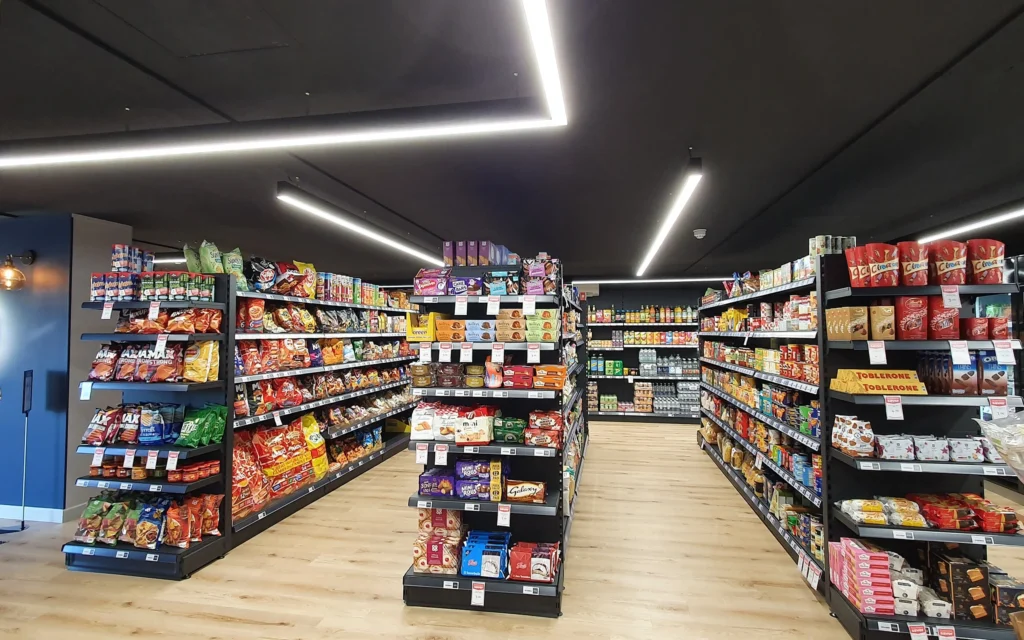
Лобби отеля и приемные
Для достижения ощущения пространственного потока для наброски архитектурных форм используется непрерывное линейное освещение «потолок к стене-полу». Эти жесткие профили, часто шириной 25 мм или 40 мм, используют матовые диффузоры, чтобы создать гладкую визуальную ленту вокруг стойки приема или зоны сидения. Дополнительные изогнутые или кольцевидные подвесные линейные светильники используются над гостиными для определения зрительных зон. В большинстве установок используется 3000K Warm White с контролем DALI для затемнения на основе времени, улучшая атмосферу от дня до ночи.
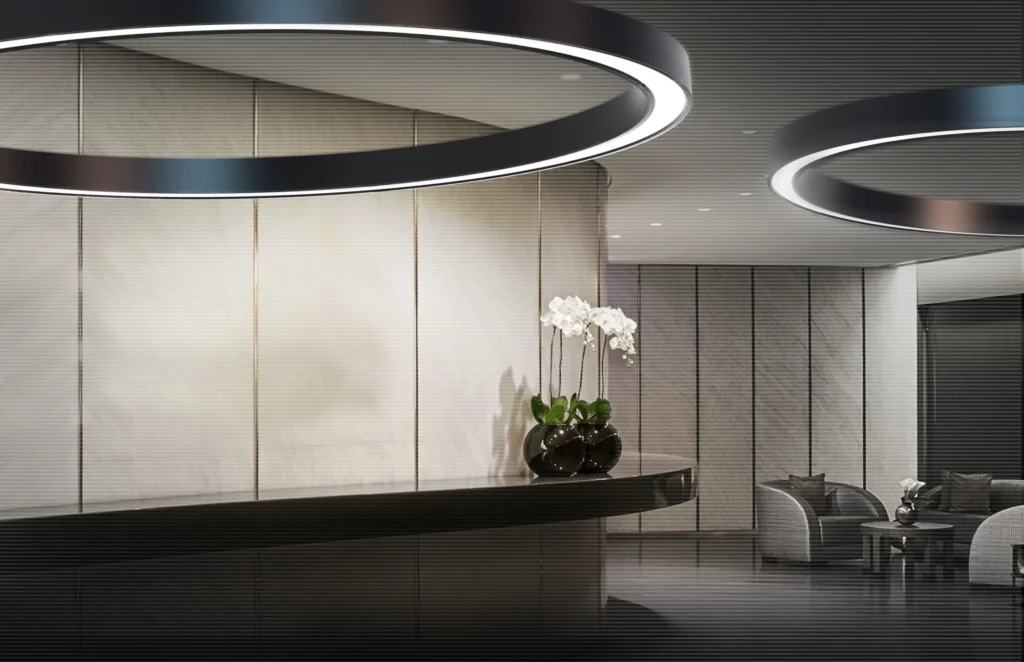
Медицинские и пожилые жилые помещения
Настенные непрямые линейные светильники с асимметричной оптикой используются в коридорах пациентов для уменьшения бликов при сохранении достаточной яркости. Эти приспособления обычно имеют ширину 50 мм, утопленные или полуповерхностные, и предлагают настраиваемую белую функциональность (2700–5000K) для поддержки циркадных ритмов. По краям пола сверхтонкие плинтусные линейные светильники (12–15 мм) встроены в качестве ночного наведения низкого уровня, часто с датчиками движения PIR и без мерцания постоянного тока для соответствия стандартам здравоохранения.
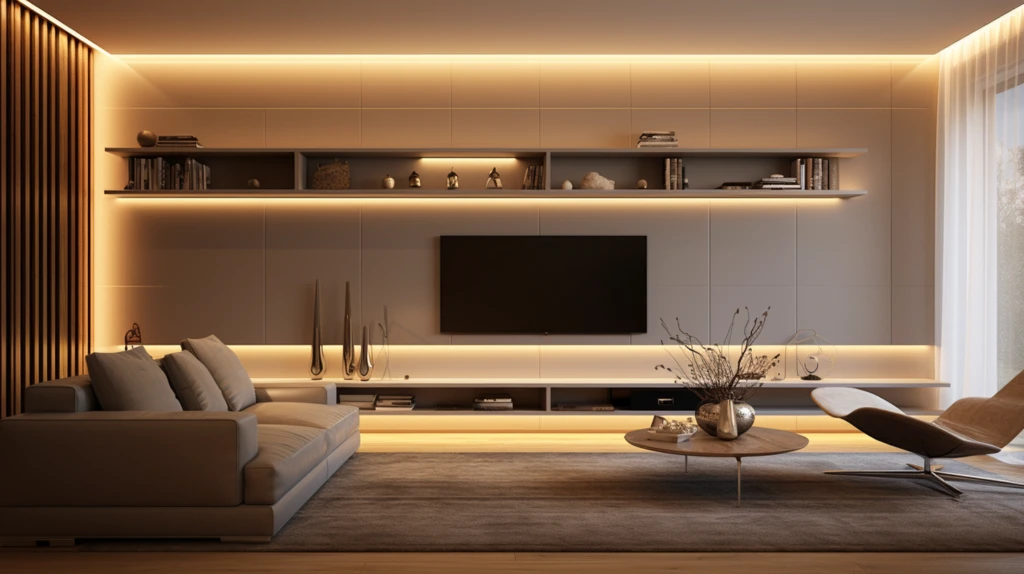
Образовательные библиотеки и учебные за
В учебных средах подвесные прямые/непрямые линейные светильники устанавливаются над длинными учебными столами, обычно с использованием светильников 1200–1500 мм с нейтральным светом 3500K. Для уменьшения акустического отражения некоторые профили интегрированы с звукопоглощающими панелями. В потолочных сетках квадратные или прямоугольные линейные светильники в стиле рамы утоплены для создания геометрических узоров освещения. Эти системы часто поддерживают управление PoE (Power Over Ethernet), обеспечивая центральную яркость и корректировку планирования через ИТ-сеть школы.
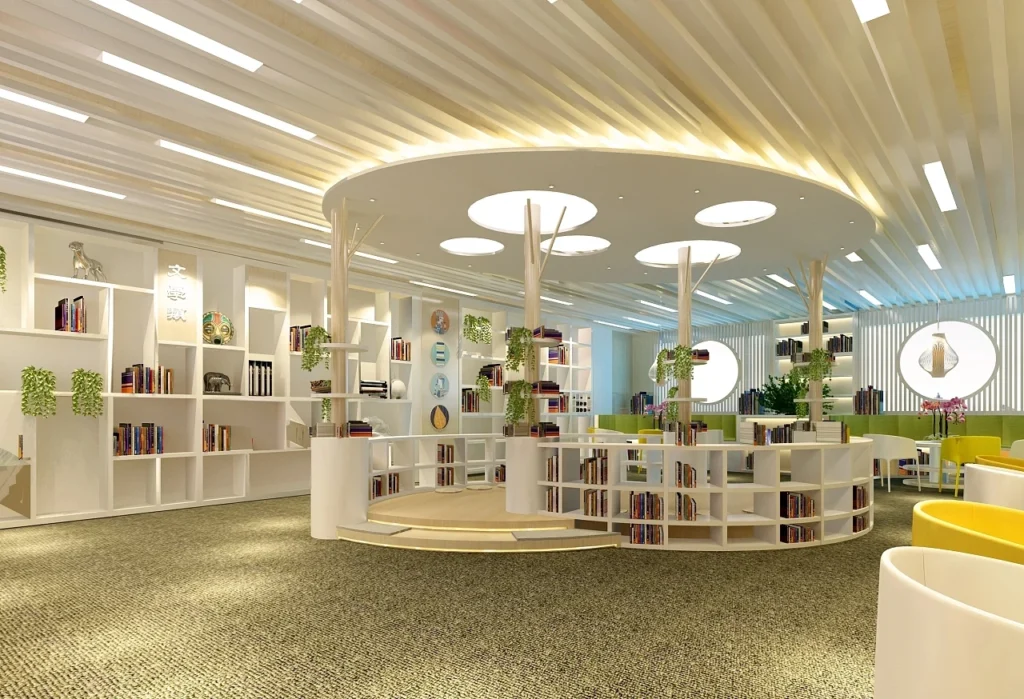
Современные выставочные залы
В высококлассных выставочных залах, таких как автосалоны, мебельные галереи или центры технических опытов, линейное освещение играет ключевую роль в улучшении пространственного ритма и представления продукта. Встраиваемые или подвесные линейные светильники с квадратной рамой — часто в модульных размерах 600x600 или 1200x1200 мм — используются для создания ощущения структуры над площадями дисплея. Для визуального слоя встраиваемые вертикальные линейные полосы с 2700-3000K цветной температурой акцента. Системы часто имеют затемнение 0–10 В и сочетаются с датчиками движения или панелями управления сценой для адаптации освещения к потоку клиентов и времени суток, создавая кураторскую, иммерсивную среду.

Преимущества использования светодиодного линейного освещения
Эстетически универсальность – формы, узоры и свобода дизайна
В отличие от традиционных светильников, светодиодные линейные светильники доступны в самых разных формах, профилях и модульных форматах. Дизайнеры могут использовать прямые линии, зигзагообразные формы, L-образные или полигональные рамы для создания уникальных потолочных композиций или геометрических композиций. Сформировав светящиеся квадраты над выставочным залом или интегрируя угловые линии на открытых пространствах, линейное освещение добавляет сильное визуальное направление и улучшает общий архитектурный язык. Он возвышает пространственную иерархию и мгновенно дает окружающей среде современную, дальновидную эстетику.
Гибкая установка – бесшовная интеграция от потолка к стене на потолок
Одной из наиболее отличительных сторон светодиодного линейного освещения является его адаптируемость в монтаже. Светильники могут быть утоплены, установлены на поверхности или подвесными, и, что более важно, они могут плавно переходить от потолка к стене к полу в качестве элемента непрерывного освещения. Эта гибкость позволяет дизайнерам «рисовать со светом» несколько плоскостей, создавая ощущение потока и сплоченности в коммерческих интерьерах. Будь то обрисовка стены или формирование непрерывной тропы света вокруг вестибюля, линейные светильники легко вписываются в архитектурные рамки.
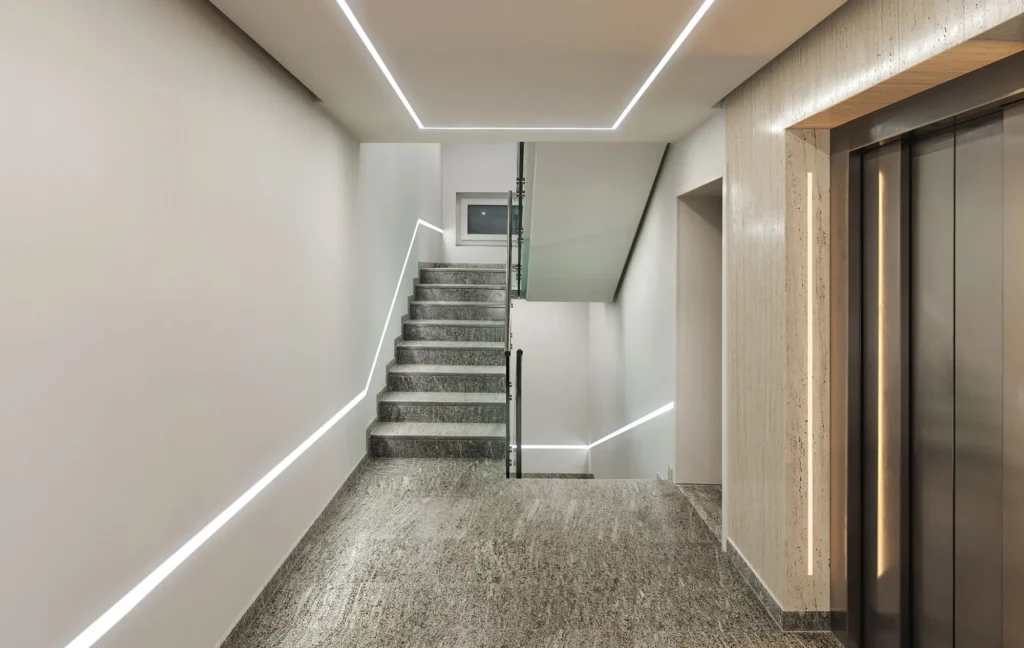
Полностью настраиваемые - размеры, длина и параметры профиля
Светодиодные системы линейного освещения настраиваются в соответствии с требованиями проекта. Профили доступны в различных ширинах и глубинах, от сверхтонких 12 мм до широкофюзеляжных версий с высоким выходом. Стандартные длины, такие как 600 мм, 1200 мм или 1500 мм, могут свободно комбинироваться или обрезаться в соответствии с точной пространством. Помимо размера, клиенты могут указывать углы луча, типы диффузора, цветовую температуру (2700K–6000K) и протоколы затемнения (0–10 В, DALI, DMX). Этот уровень гибкости делает линейное освещение идеальным как для стандартных, так и для высококлассных конструкций.
Дополнительные преимущества – эффективность, долговечность и качество света
В дополнение к форме и гибкости светодиодные линейные светильники обеспечивают отличные характеристики. Они обеспечивают высокую светоэффективность (часто более 120 лм/Вт), равномерное распределение света, низкий блики и длительный срок службы — обычно более 50 000 часов. Благодаря опциям High CRI и без мерцания они подходят как для освещения, так и для освещения, ориентированного на человека.
Как правильно выбрать линейное освещение для вашего проекта
При выборе линейного освещения ваш подход зависит от того, насколько четкими являются требования к вашему проекту. Ниже приведены два распространенных сценария:
Для инженерных проектов с чертежами
Если у вас уже есть освещение или архитектурные чертежи, выбор линейных светильников становится точным процессом соответствия. На основе компоновки вам необходимо подтвердить точные размеры профиля (например, 20 мм х 35 мм или 50 мм шириной), формы приспособления (прямые, L-образные, зигзаговые, кольца и т. д.) и методы установки (утопленные, подвешенные, настенные или потолочные-постилы-полы).
Вне конструкции проверьте мощность на метр, цветовую температуру (например, 3000K для теплой атмосферы или 4000K для офисного использования), протокол затемнения (0–10 В, DALI, TRIAC) и обработку поверхности (белый, черный, анодированное серебро или индивидуальный цвет RAL). Подробное соответствие спецификации обеспечивает согласованность дизайна и функциональную производительность.
Для проектов без чертежей или четких требований
Если вы все еще находитесь на стадии концепции, лучше начать с выбора стиля линейного освещения, которое соответствует вашему дизайнерскому видению — вам нужен тонкий профиль, смелая архитектурная форма или индивидуальная форма?
Далее выбираем способ установки, исходя из условий потолка и стен. Оттуда дорабатывайте практические детали, такие как длина, яркость, цветовая температура и тип управления. Наша команда часто рекомендует модульные или настраиваемые системы для таких гибких потребностей.
На сайте Signlite, мы поддерживаем как четко определенные проекты, так и разработку концепции на ранней стадии. Если у вас есть полный набор рисунков или просто дизайнерская идея, мы поможем вам выбрать правильный профиль, оптический дизайн и решение для управления, чтобы соответствовать вашему пространству.
Обратитесь к нашей команде сегодня для получения индивидуальных рекомендаций или быстрой цитаты проекта.
